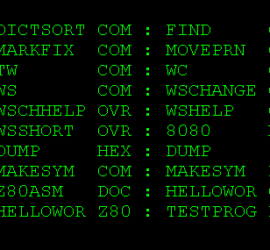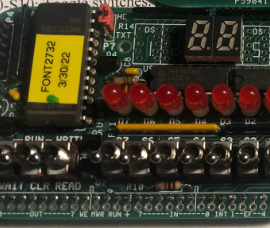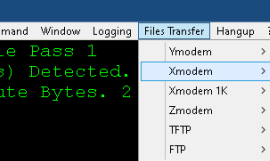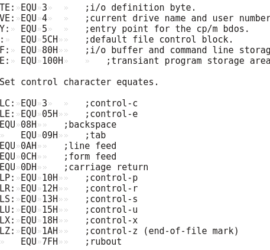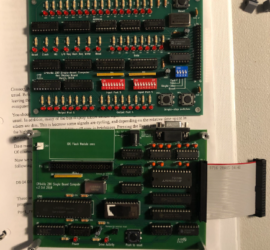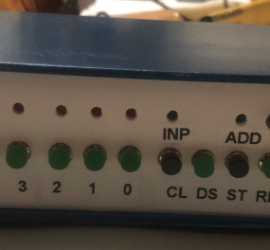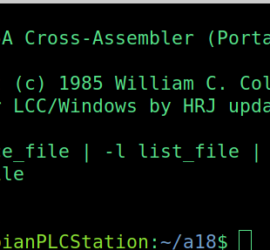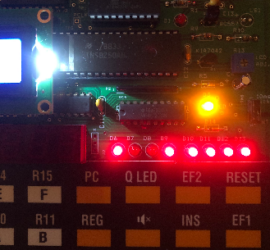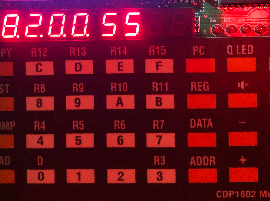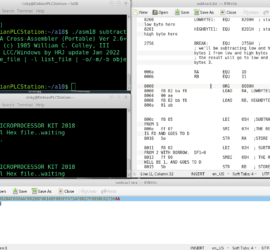Simple CP/M Console Program
Introduction to writing a Simple CP/M Console Program Writing a Simple CP/M Console Program will get you started with Z80 Assembly under CP/M. We’ll just put together a simple program that asks what your name is, then print that name back to your terminal. The purpose of this exercise is Read More »

